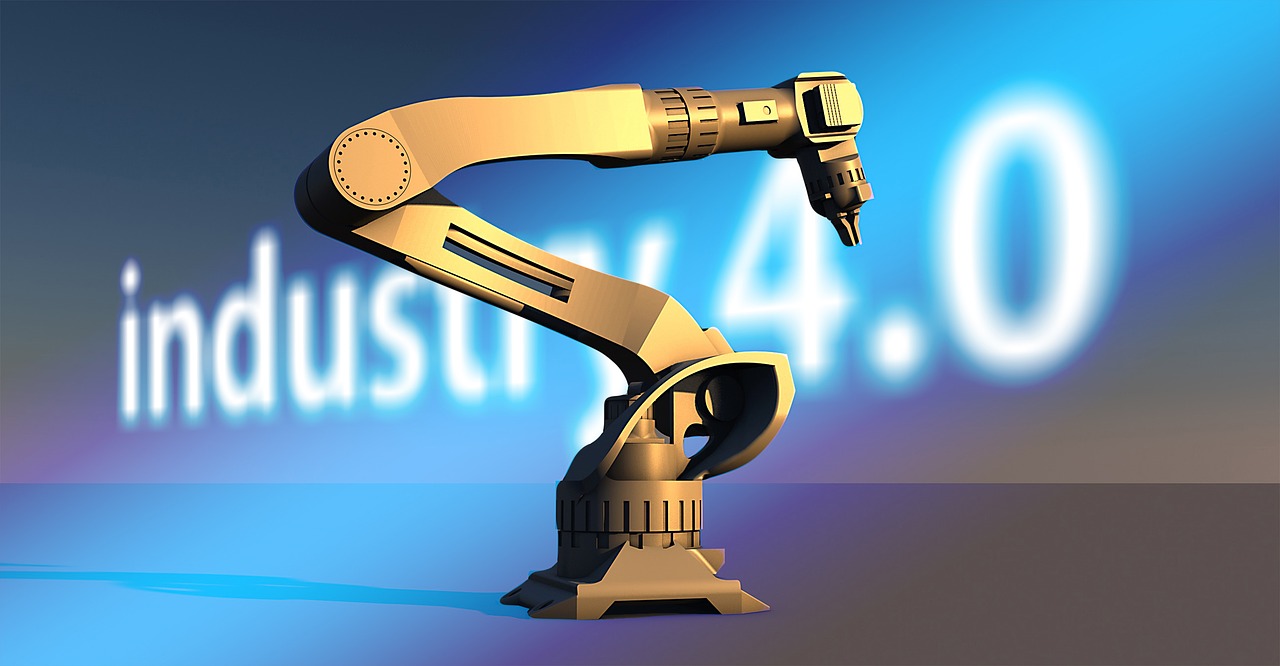
The Optimal Control of Multibody system (MBS) requires the use of appropriate tools for both the MBS modelling and the Optimal Control Problem (OCP) formulation.
Optimal control consists of finding the control law for a given system such that a certain optimality criterion is achieved. In other words, the goal is to determine the control sequence u(t) for a given time interval [0,T] that is optimal in the sense that it minimizes a given cost function p. In addition, the optimization can be subjected to constraints on the states and/or the input of the system (e.g. actuator limits, safety operating conditions).
To link the system input u(t) to its states x(t), such control strategy relies on an accurate model for the system dynamics. The latter can be strongly nonlinear for some multibody systems especially when three-dimensional systems are concerned. In addition, the derivation of these dynamics equations is tedious and error-prone. Therefore, a symbolic generator is used to derive the equations of motion. Based on a topological description of the MBS (masses, inertias, joints …), Robotran [1] derives the dynamics equations in a condensed and efficient form.
On the other hand, the OCP is formulated and solved thanks to the software CasADi [2] developed at KuLeuven. The OCP can be discretized on the time interval through a direct collocation scheme. This results in a nonlinear programming (NLP) problem which can be solved thanks to the interior point method, implemented in the software library Ipopt [3].
To illustrate the approach, two simple systems have been developed: an open-loop one arm and a closed-loop mechanism. These two systems have been used to study the influence of different MBS formulations on the OCP solving efficiency [4]. In addition, optimal control has been used to analyse the balancing of Narrow Track Vehicle through an active hybrid tilt control [5].
The system is a serial 3D robot similar to a human arm with 4 actuated joints: 2 joints for the shoulder, 1 joint for the elbow and 1 joint for the wrist. Two additional rotational joints allow an inverted pendulum to rotate freely with respect to the hand. The system has a total of 6 degrees of freedom and is under-actuated as the pendulum is free to fall.
The optimal control problem is defined as the following:
The system is a 3D slider-crank mechanism whose crank rotates within a plane oriented 45° with respect to the slider motion. A small pendulum that is mounted on the slider oscillates around an axis perpendicular to the slider motion. The system has two degrees of freedom and is under-actuated with the crank being actuated by a torque Q crank (system input) while the pendulum has free rotation.
The optimal control problem is defined as the following:
Quentin Docquier, Joris Gillis, Timothé Habra, Nicolas Docquier, Paul Fisette
Optimal Control, Multibody modelling, Symbolic generator, Algorithmic differentiation, Optimization
[1] Docquier, N.; Poncelet, A. & Fisette, P. ROBOTRAN: a powerful symbolic generator of multibody models Mechanical Sciences, 2013, 4, 199-219
[2] Andersson, J. A General-Purpose Software Framework for Dynamic Optimization Arenberg Doctoral School, KU Leuven, 2013
[3] Wächter, A. and Biegler, L. T., On the Implementation of a Primal-Dual Interior Point Filter Line Search Algorithm for Large-Scale Nonlinear Programming, Mathematical Programming 106(1), pp. 25-57, 2006
[4] Docquier, Q. and Fisette, P., Analysis of MBS dynamics formulations for Solving Optimal Control problem , IUTAM Symposium on Intelligent Multibody Systems – Dynamics, Control, Simulation September 11 – 15, 2017, Sozopol, Bulgaria
[5] Docquier, Q; Habra, T.; Docquier, N. and Fisette, P., Optimal Control of the tilting modes transition for a Narrow Track Vehicle through MBS Modelling, ECCOMAS Thematic Conference on Multibody Dynamics June 19-22, 2017, Prague, Czech Republic